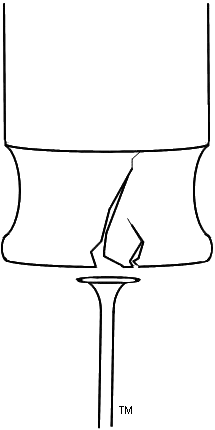 Stand Out Publishing
Stand Out Publishing
|
|
|
About:
Exploring new approaches to machine hosted neural-network simulation, and the science behind them.
Your moderator:
John Repici
A programmer who is obsessed with giving experimenters a better environment for developing biologically-guided neural network designs. Author of an introductory book on the subject titled: "Netlab Loligo: New Approaches to Neural Network Simulation". BOOK REVIEWERS ARE NEEDED! Can you help?
Other Blogs/Sites:
Neural Networks Hardware (Robotics, etc.) 
|
| ||||||||||||||||||||||||||||||||||||||||||||||||||||||||||||||||||||
Exploring new approaches to
machine hosted neural-networks,
and the science behind them.